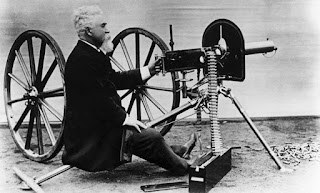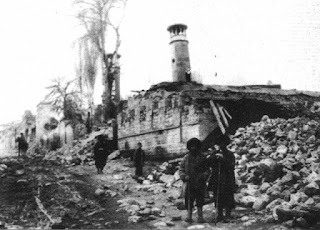11:57 AM
Mill Ends Park
Mill Ends Park
Located in downtown Portland, Oregon, in the
median strip of a parkway is Mill Ends Park. This park, according to the
Guinness Book of World Records as of 1971, is the smallest park in the world
measuring only 452-square inches – that’s only 2 foot across!
The space where Mill Ends Park sits was to
become the site for a light pole. The park was created when the light pole
failed to appear and local Irish columnist Dick Fagan sat staring at the vacant
space from his second-story office window. Deciding to take action, Fagan
planted flowers in the vacant space, naming it ‘Mill Ends’ after his column in
the Oregon Journal. Some contextual info, ‘mill ends’ are the odd, unusable
pieces of wood left over at a mill. On St. Patrick’s Day in 1948, the park was
officially dedicated to the town of Portland.
In 1969, Fagan sadly died due to cancer, but
since then the park has still been cared for by many of Portland’s townsfolk
and continues to thrive.
Before
and after Fagan’s death, many different things have been placed in the park.
These have included a small swimming pool for butterflies complete with a
diving board, a fragment of the Oregon Journal building where Fagan worked, a
horseshoe and even a little leprechaun leaning happily against his pot of gold
in 2001! In 2006 the park was temporarily relocated due to roadworks on the
parkway, but it was moved back to its original location with a festive
celebration that featured Royal Rosarians, bagpipers, and Fagan’s own family
including his widow Katherine.
To this day the legends of the leprechauns
still live on within the Fagan family. One of Dick’s sons, Pat Fagan, is known
to have enjoyed sharing the experience of the park with his own son, and it
quoted as saying “it’s still the largest leprechaun colony west of Ireland!”













































